The Rijksmuseum and Amsterdam’s Waterfront
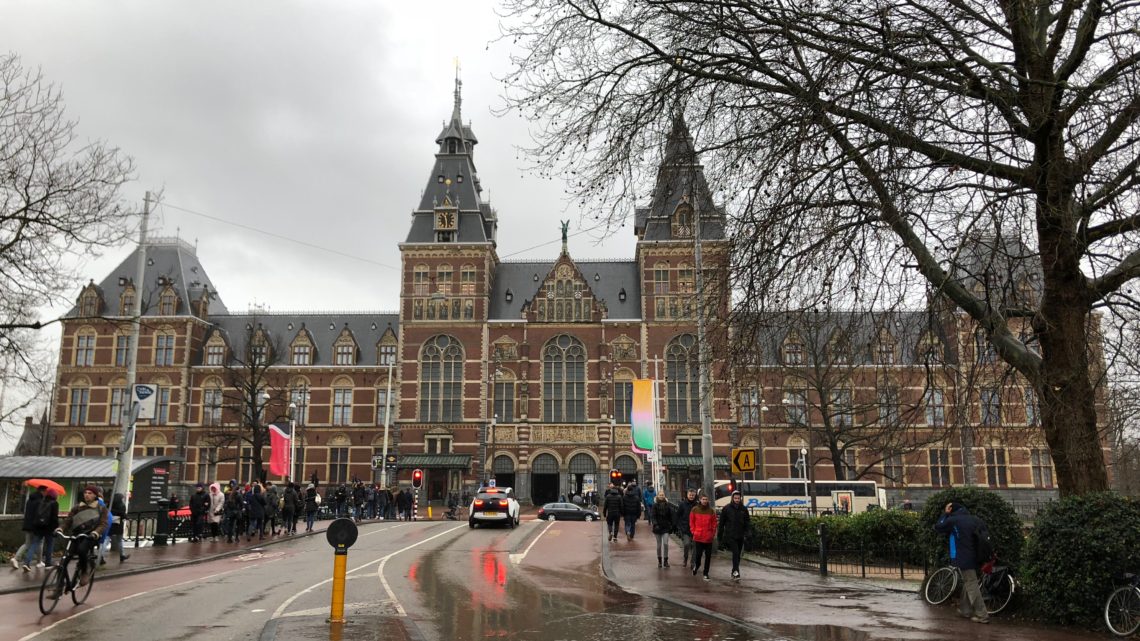
My first impression of Amsterdam could not have been better! This is a city full of beautiful architecture, rich culture, and amazing historical sites. I woke up on my second full day excited to explore more of the Dutch capital and its many attractions. I started the day with another lovely morning stroll through the winding canals lined with the petite Dutch homes that first attracted me to the city.
Rijksmuseum
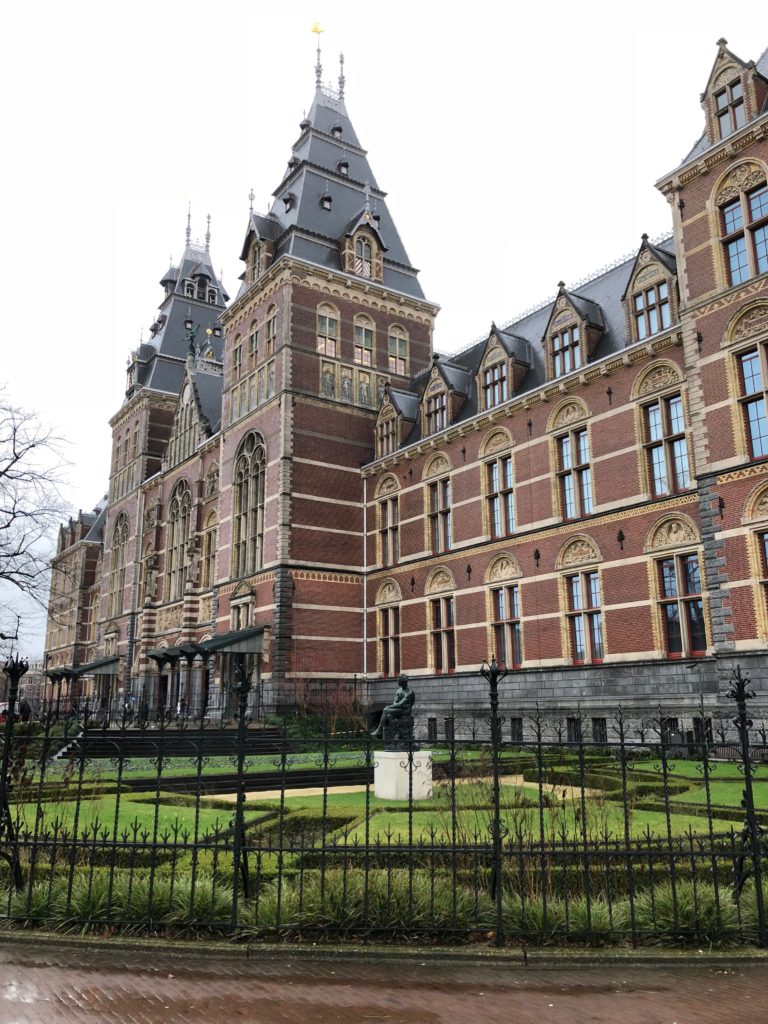
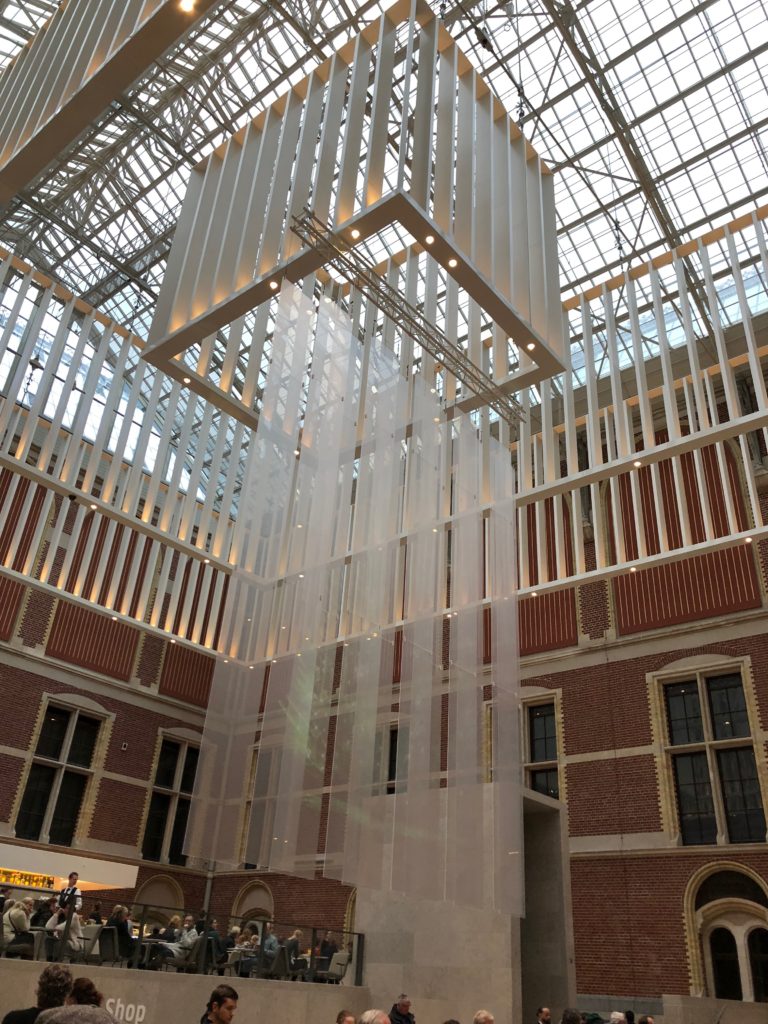
I eventually ended up back at the two museums, this time ready to explore museum #2: the Rijksmuseum. The building that houses the museum’s large collection of art and historical artifacts is massive, consisting of two symmetrical wings, each with a central atrium. The architect, Pierre Cuypers, designed the building with a red brick façade decorated with rich stone ornamentation. A steep roof towers above the rest of the building, giving it a grand, palace-like quality.
Inside, a large modern renovation blends old and new, with the restored atriums boasting large, abstract chandeliers that span the entire space.
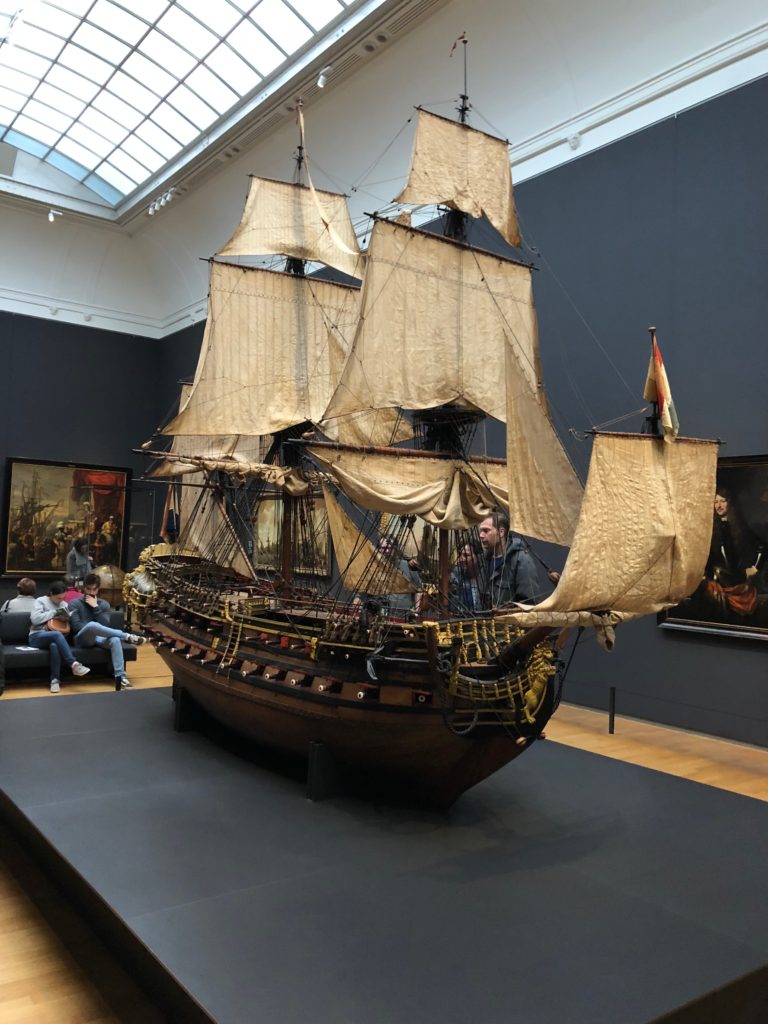
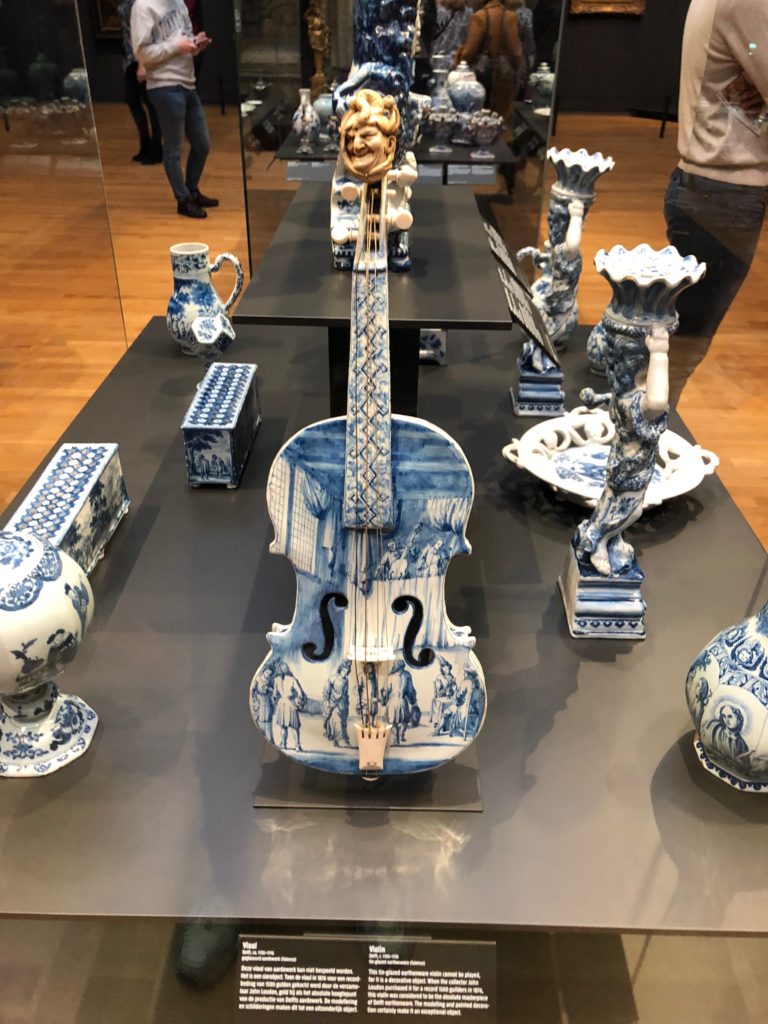
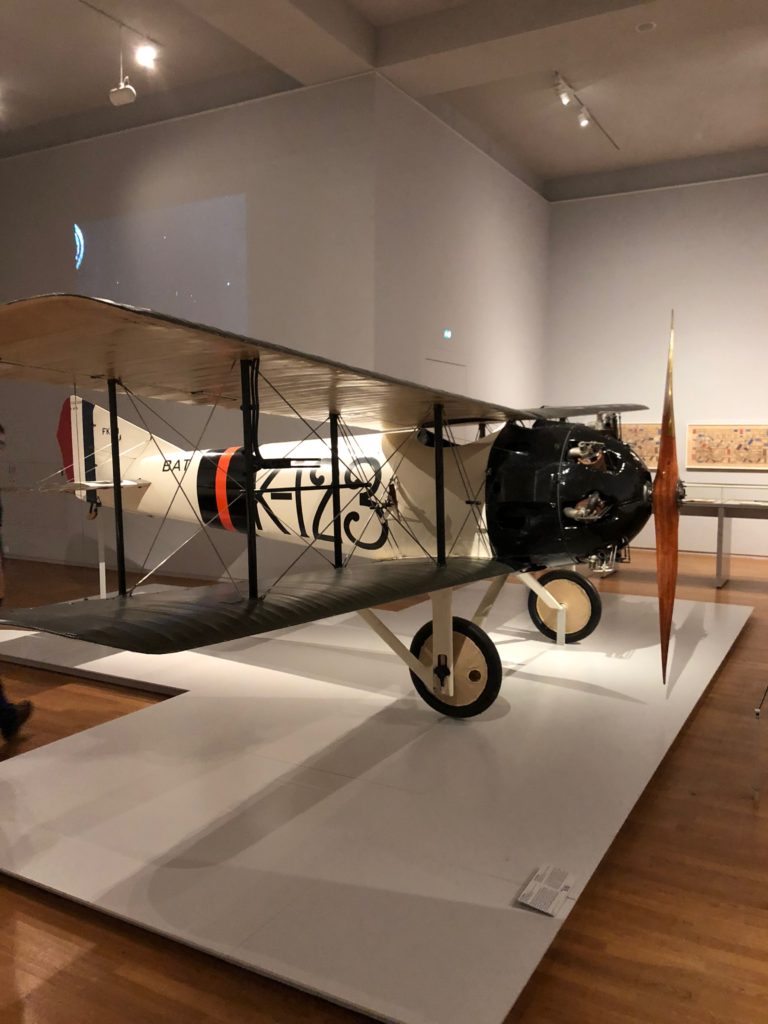
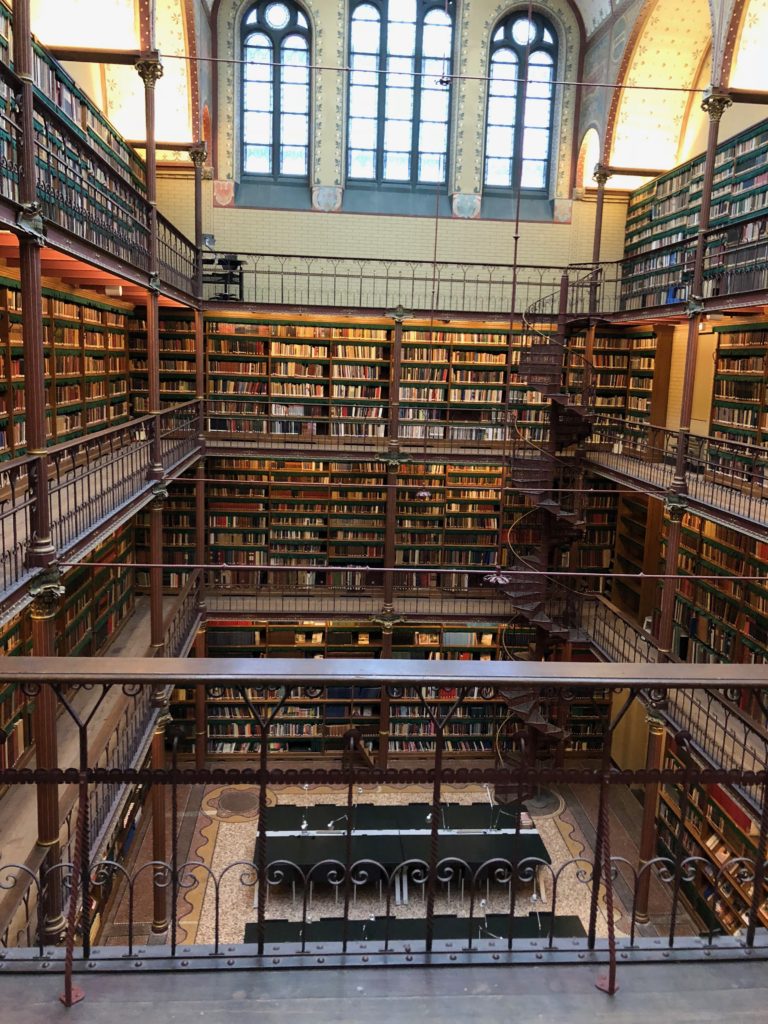
Once in the galleries, I spent hours exploring artwork, sculptures, and other historical objects. I even found a hidden library in the back of the museum! This is certainly one of the largest museums I have visited in Europe, and unlike its neighbor, the Van Gogh Museum, you can easily spend all day here.
Canal Tour
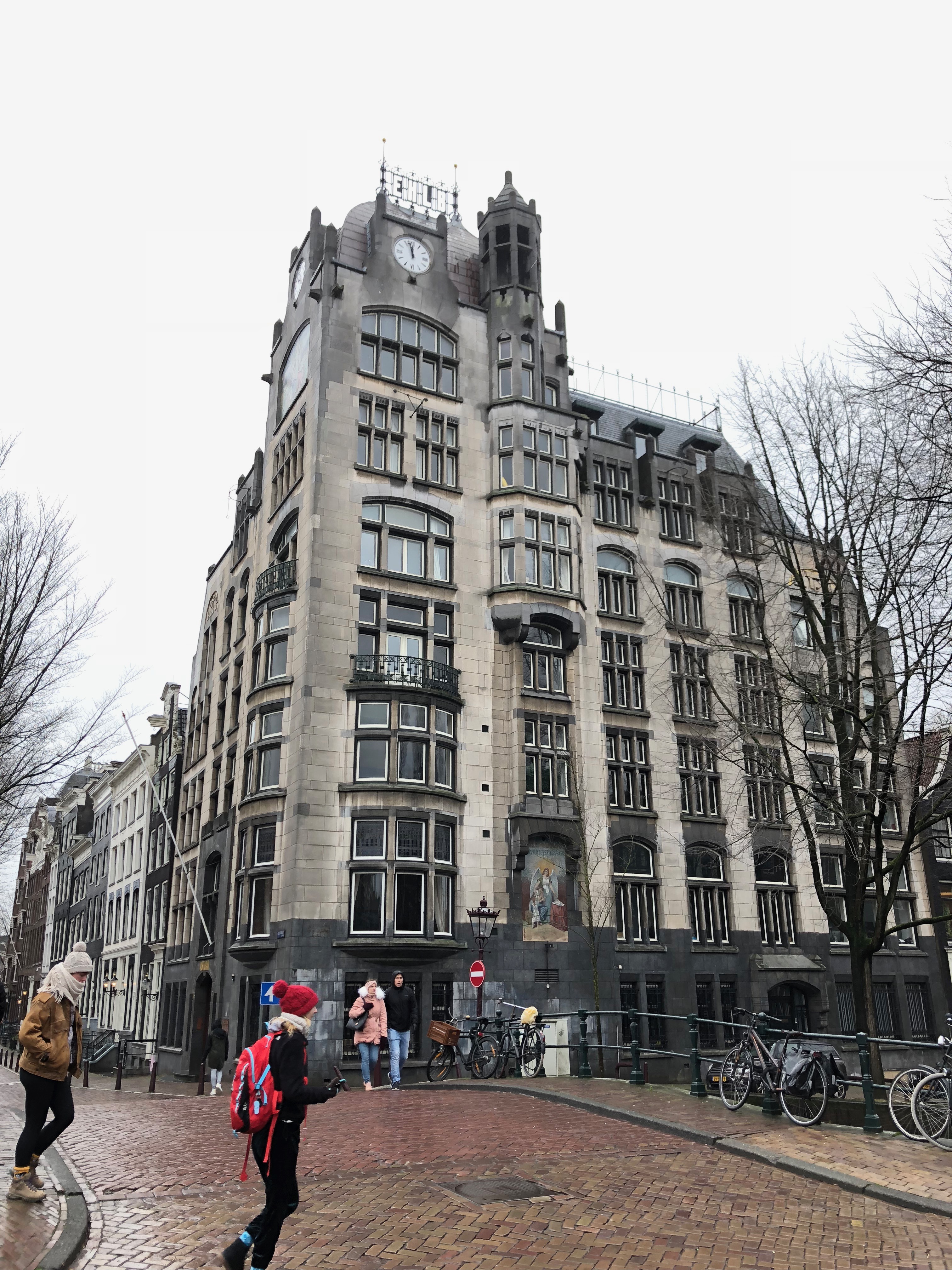
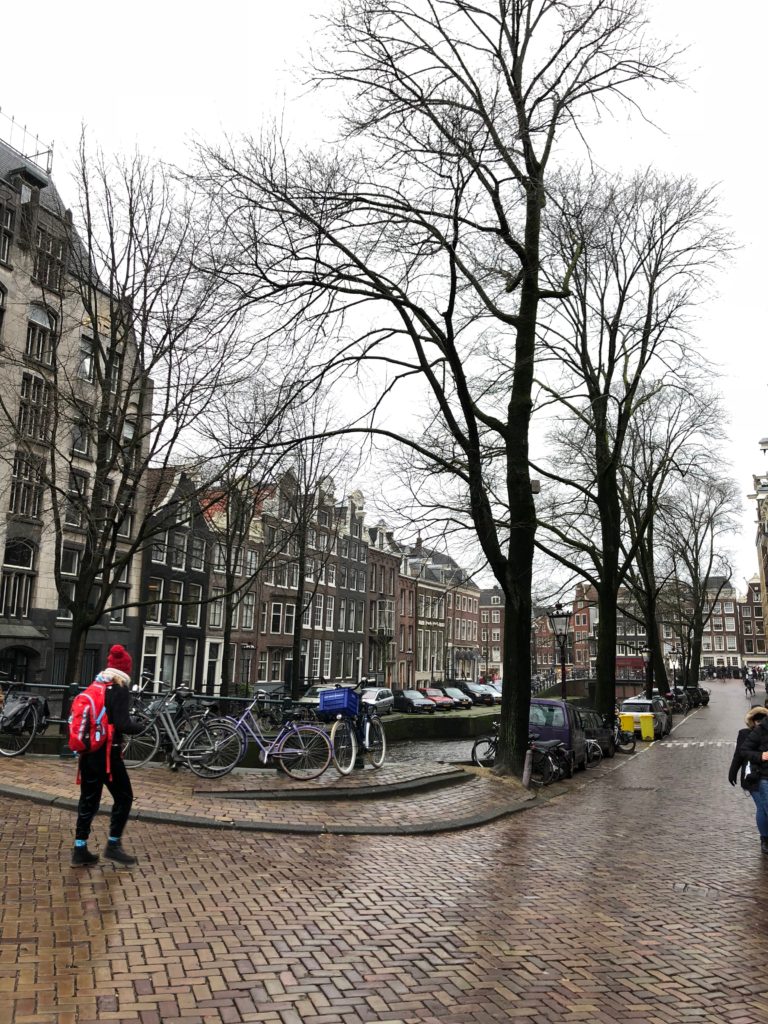
Back outside, I wandered through more cobble-stoned streets to the Anne Frank House: the starting point for my Amsterdam canal tour! Although it was cold outside, I knew that I needed to get on the water to fully appreciate the city’s unique setting.
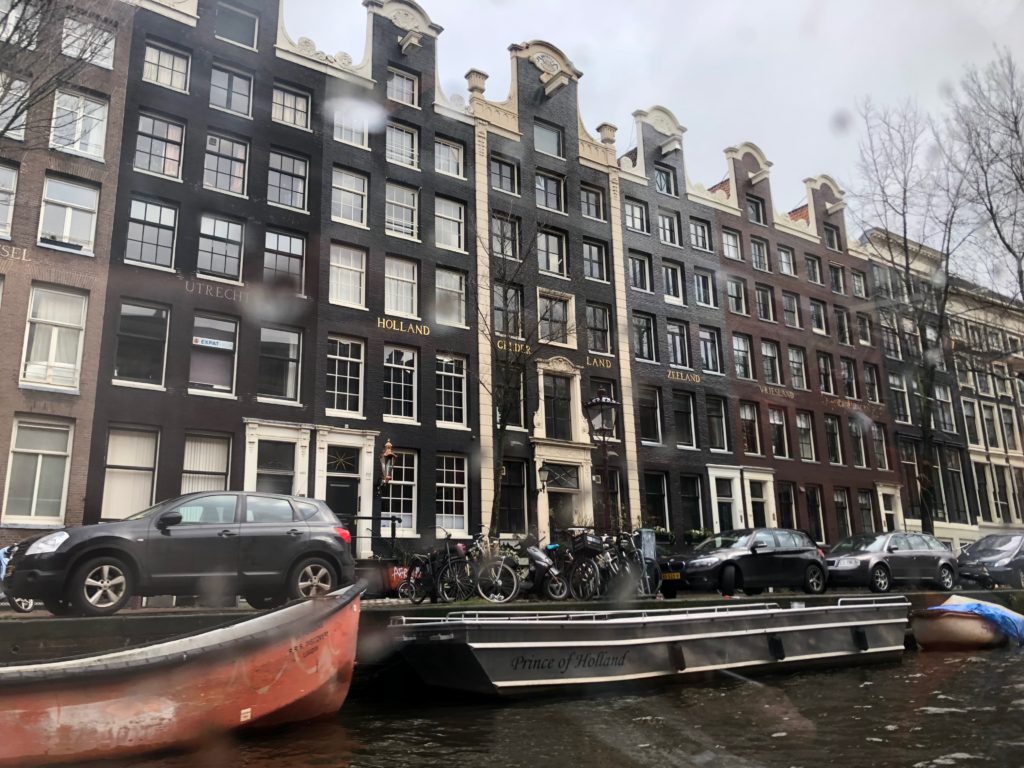
From the boat, I had a front-row seat of Amsterdam’s canal houses as we cruised along the water. It was these waterways that inspired the city to build homes that could function as residences and merchant trading ports.
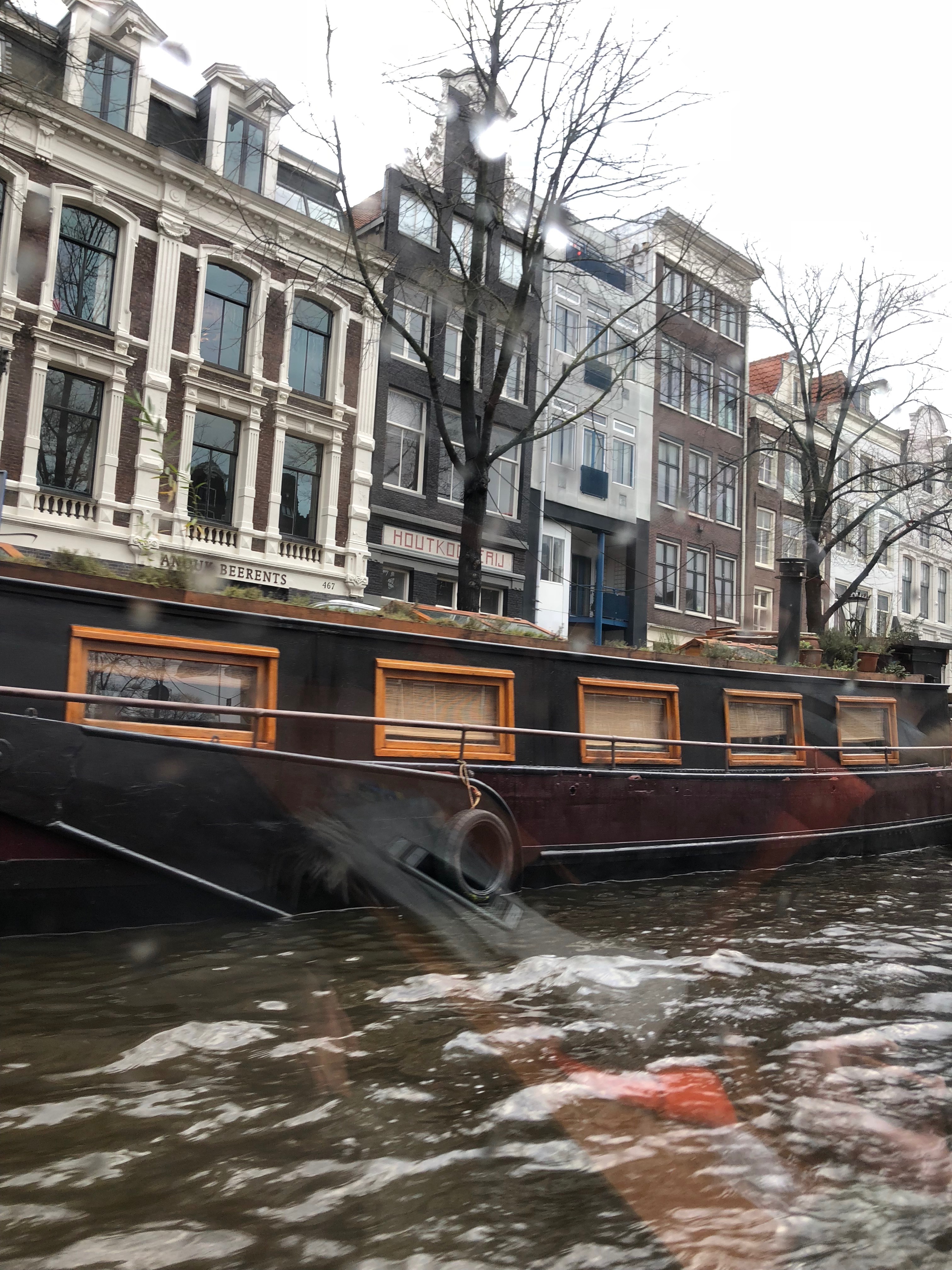
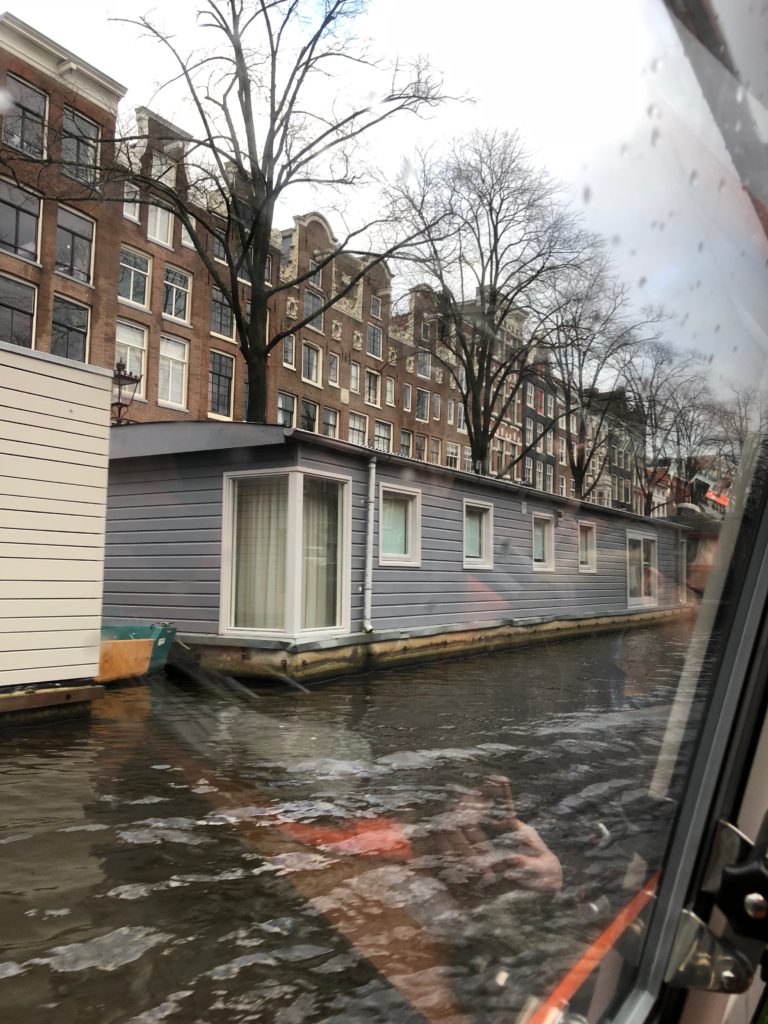
Along the way, we passed some unique houseboats stationed in the canal. Originally, these were a solution to the city’s overgrowing population. However, they are now an icon of Amsterdam and many serve as accommodations for tourists looking for a waterfront escape.
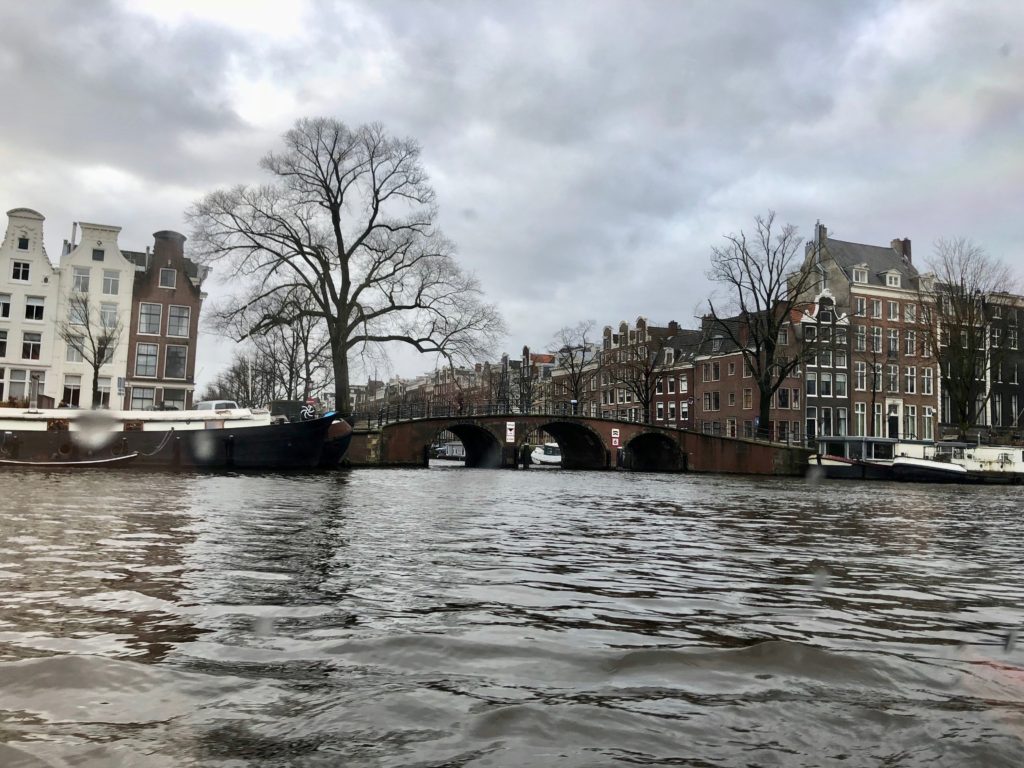
Eventually, the boat left the smaller canals and turned onto the Amstel River: Amsterdam’s answer to Venice’s Grand Canal! Along this waterway, we passed under several bridges as we head from the charming city center out towards the harbor!
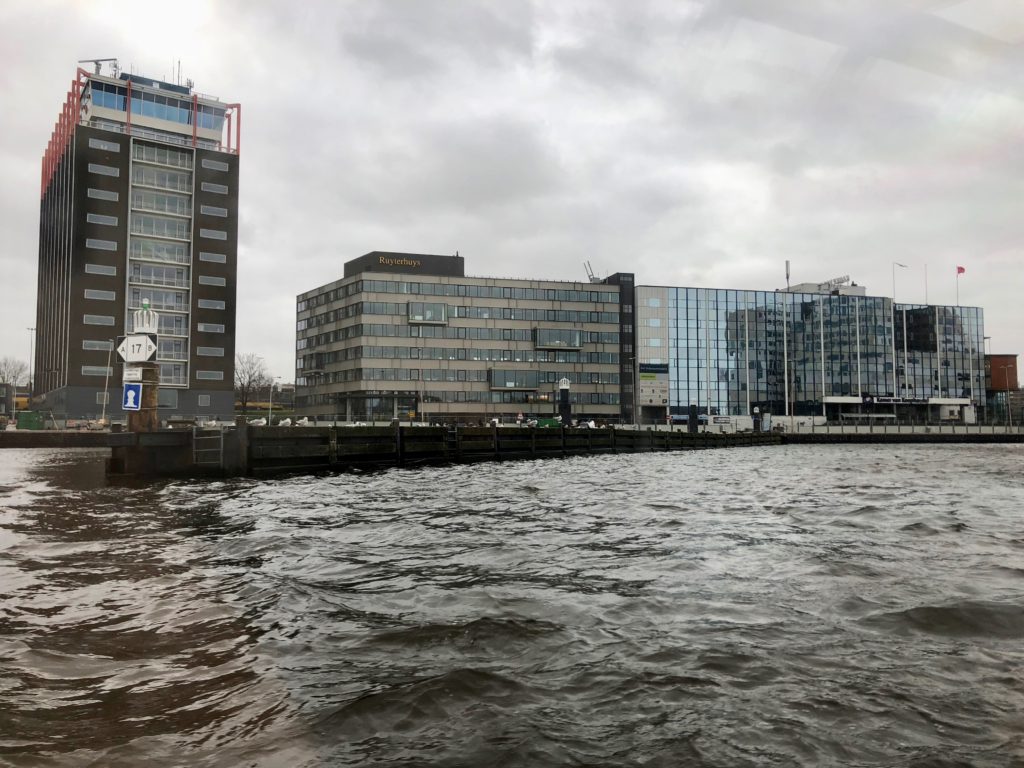
Once there, the cityscape had transformed from canals lined with classical architecture to a large waterfront surrounded by modern buildings! Like many European cities, Amsterdam has the charm of its old canal district while maintaining large business districts that keep it in line with the 21stcentury.
Although we did not pass by as many architectural icons as my canal ride in Copenhagen, it was still great to tour the beautiful fabric that makes up the city center and feel the blend between the intimate canals and the expansive waterfront that brought in the merchants.
The boat arrived back at the Anne Frank House, where I disembarked and headed to a nearby tram station. My next adventure would take me outside the city center to a prominent landmark.
De Gooyer
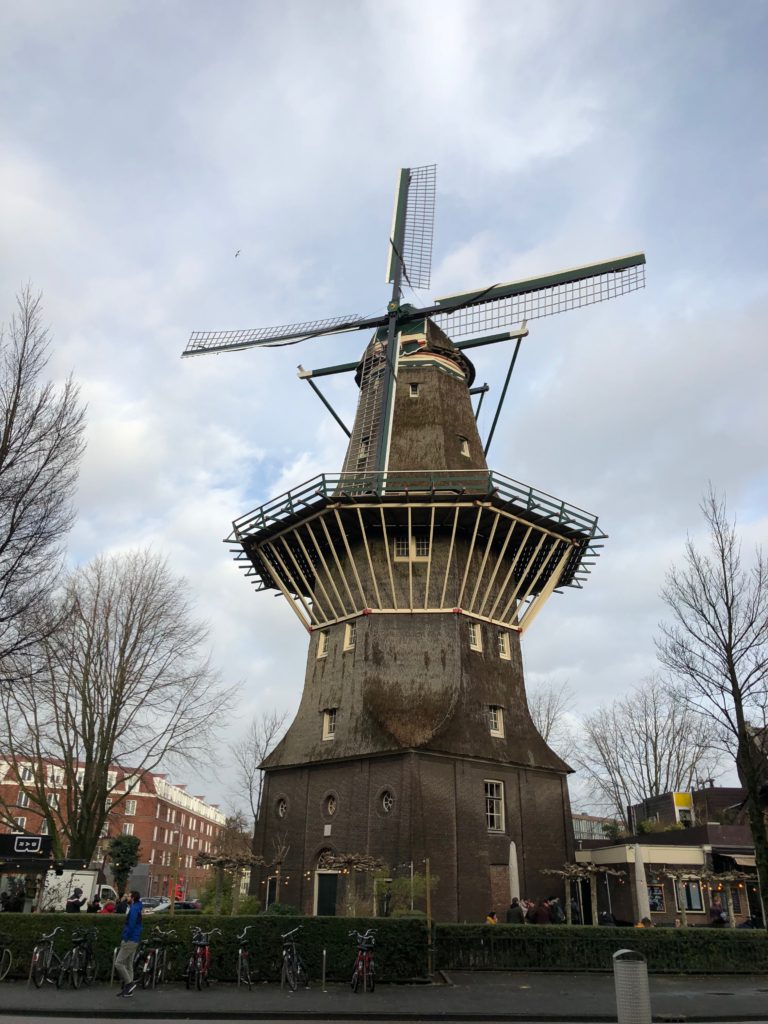
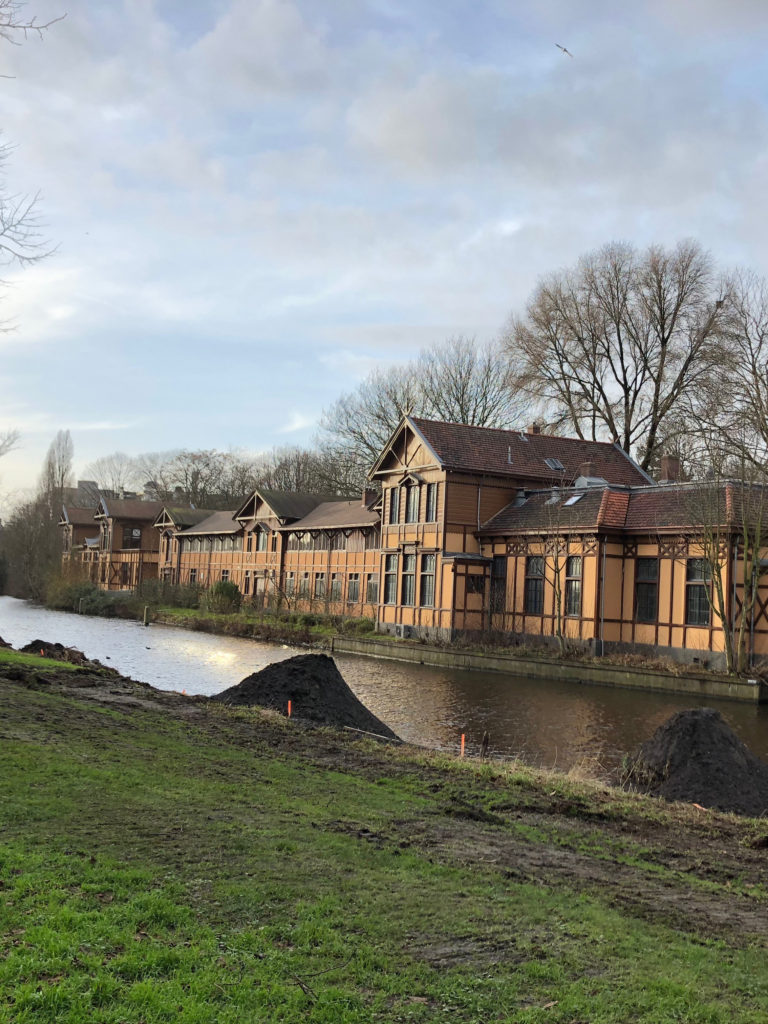
The Netherlands is known for being a
Amsterdam’s Waterfront
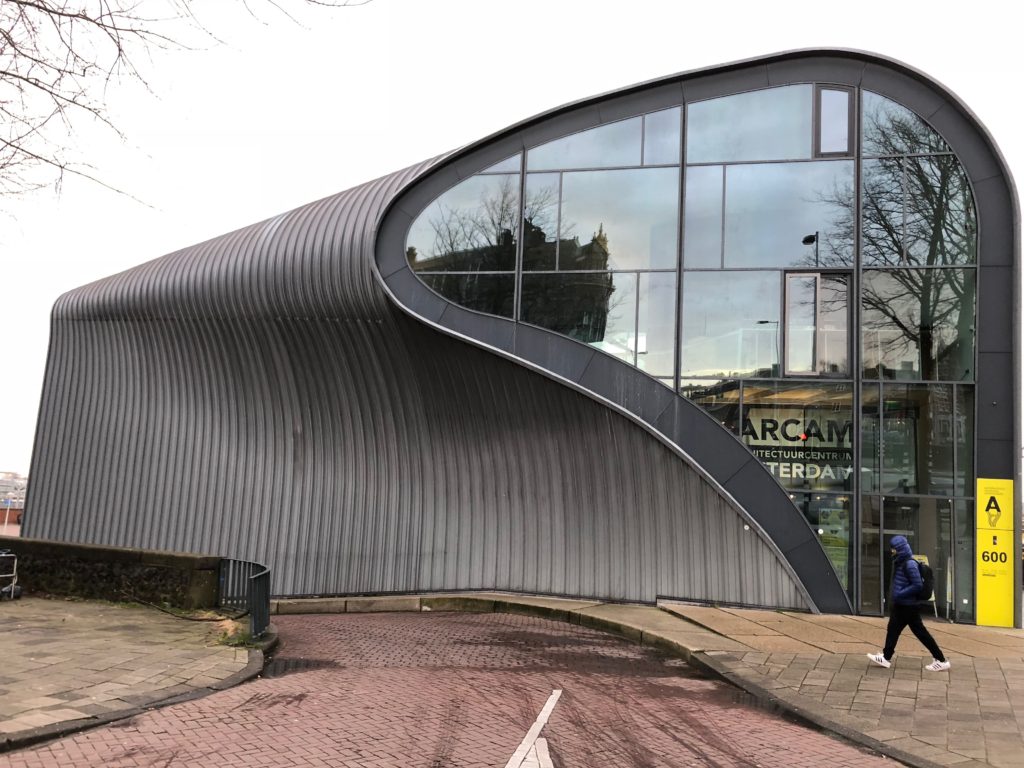
This area is the heart of the city for modern architecture. One building that immediately caught my eye was this organic, metal-clad structure with large glass windows. As I got closer, I discovered this to be the Amsterdam Centre for Architecture!
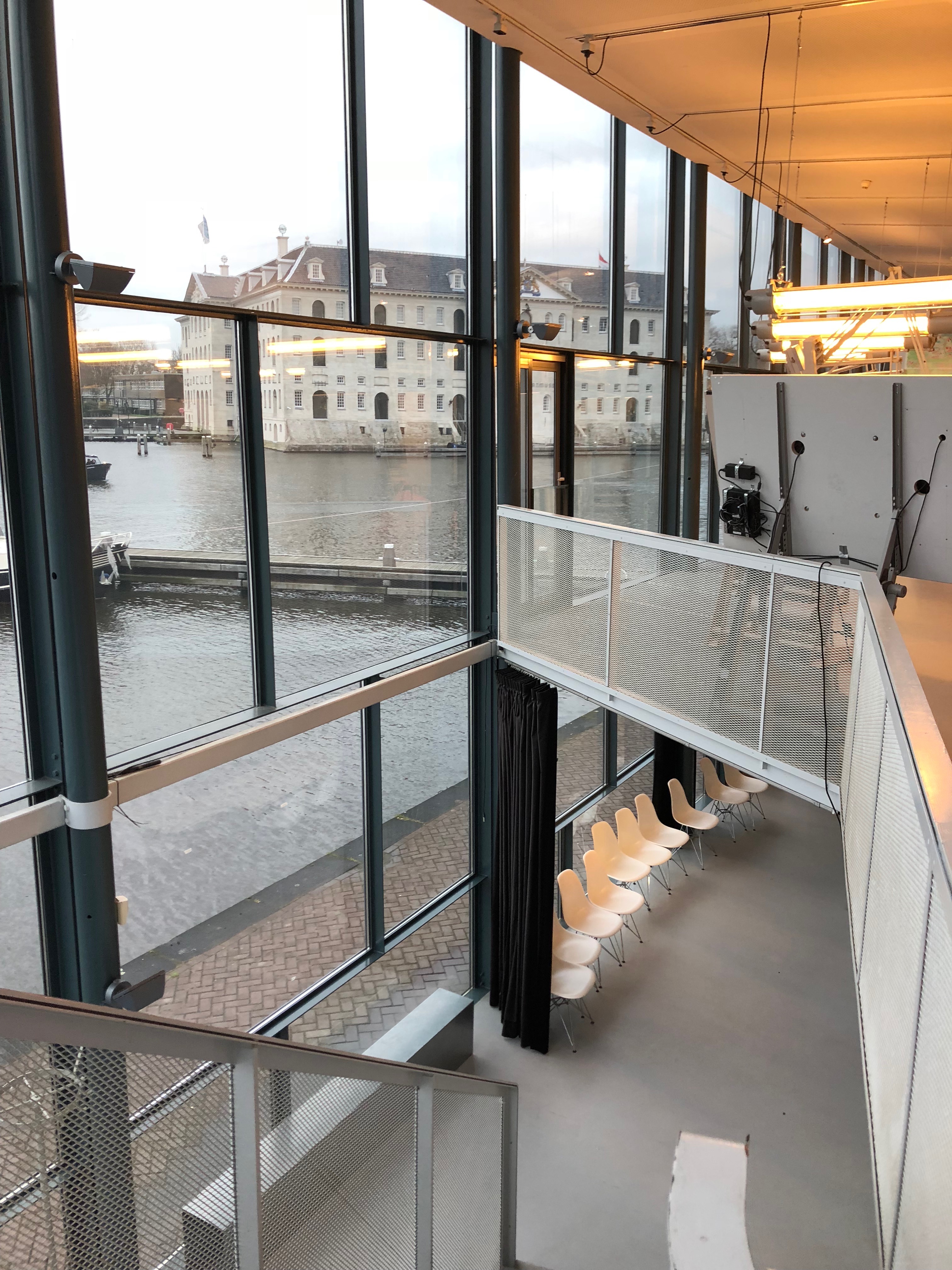
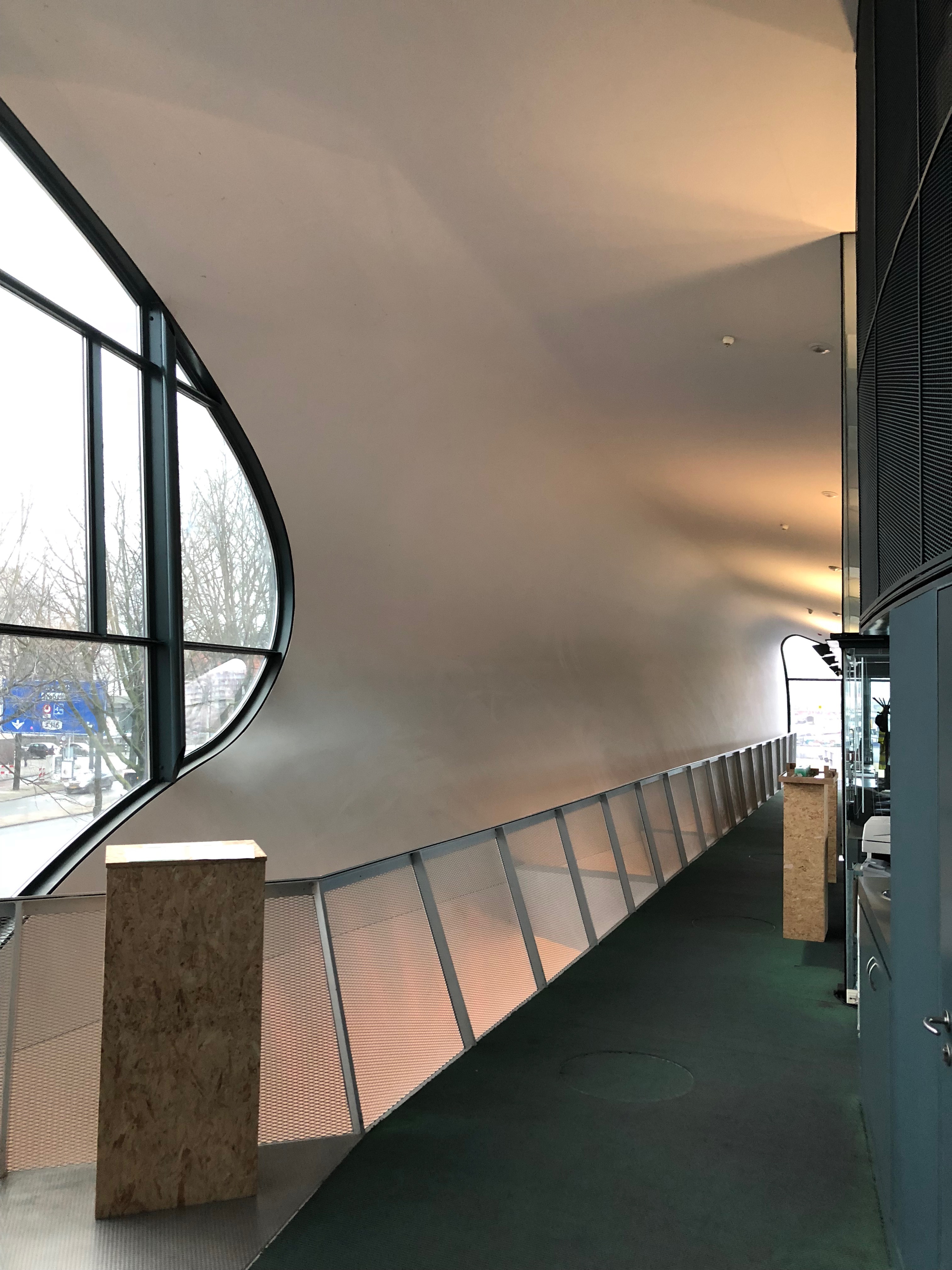
I took a quick stop inside, where the organic shape of the building is strongly evident. The curved roof folds over the three-story interior, while large glass windows interrupt the organic design with penetrations to an otherwise fully enclosed interior. The rear of the building is more open in nature and provides a commanding view of Amsterdam’s harbor.
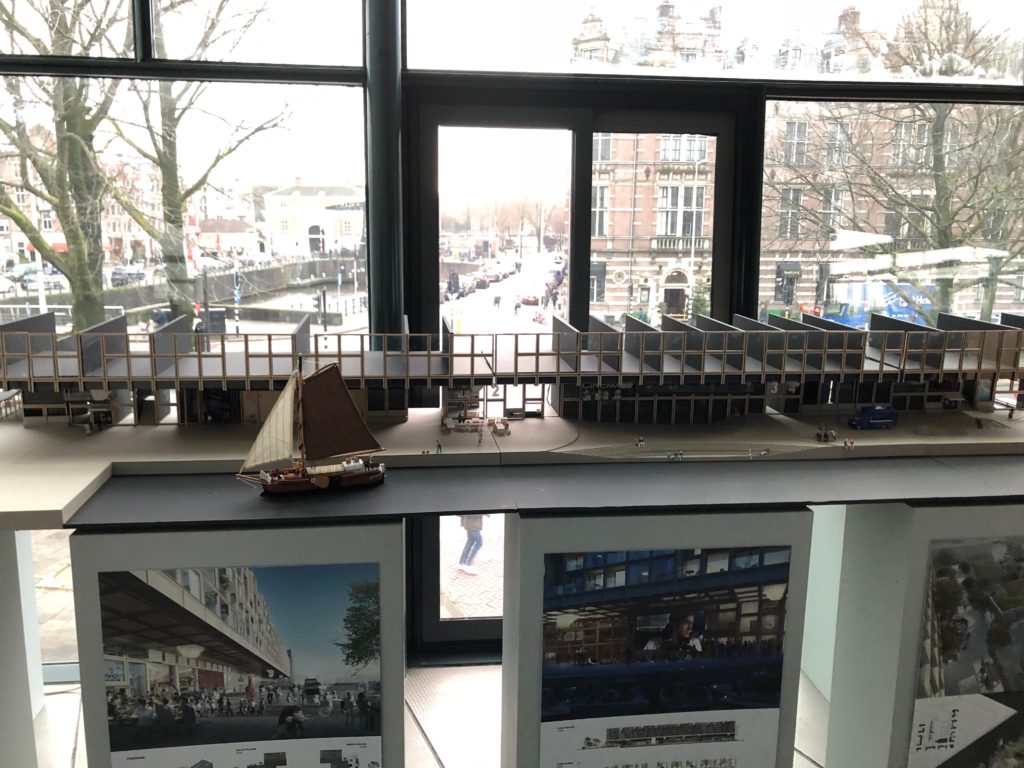
The gallery inside displays various work from around the city. It was much like the gallery at my university, which showcased student work throughout each semester. The work here was conceptual, highlighting the buildings’ relationships with their surrounding areas and blending modern architecture with historical projects. This place is a hidden gem for architecture lovers!
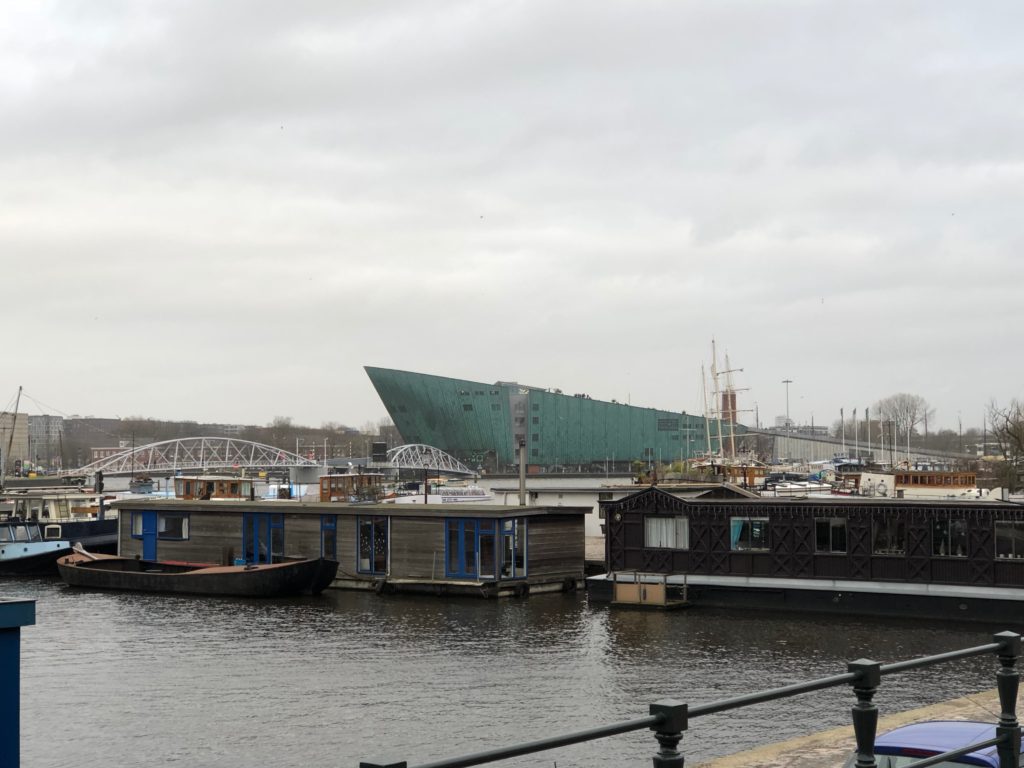
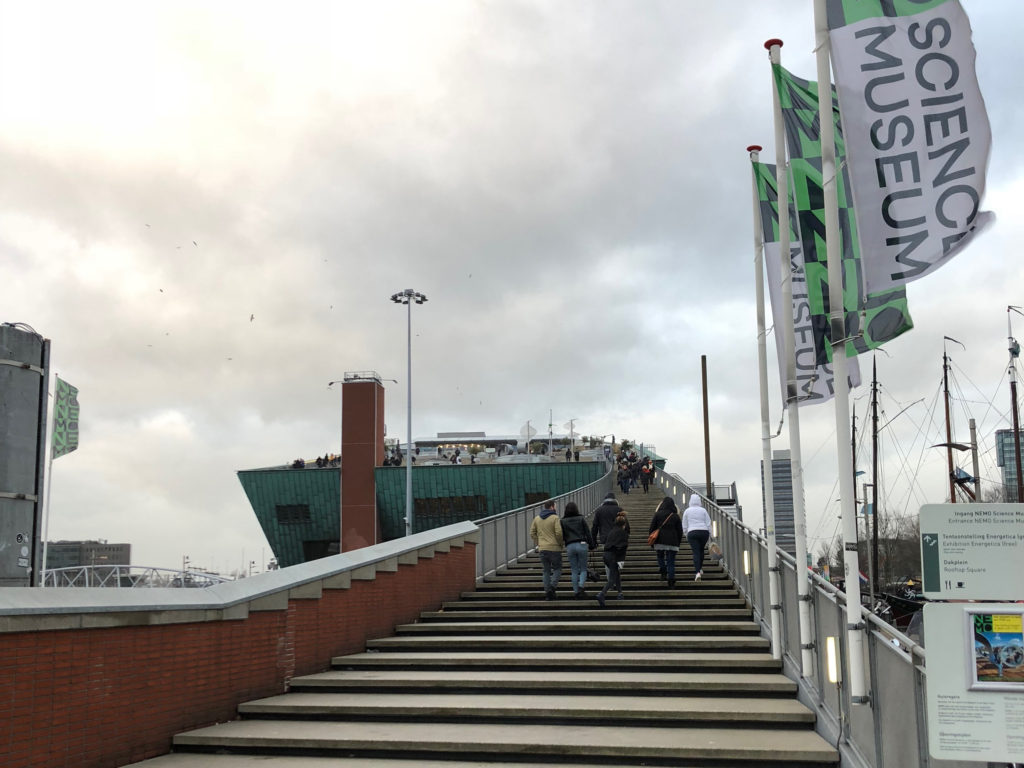
Nearby, the NEMO Science Museum sticks out over Oosterdok like a ship ready to set sail. I began ascending a long, grand staircase up to the building’s roof.
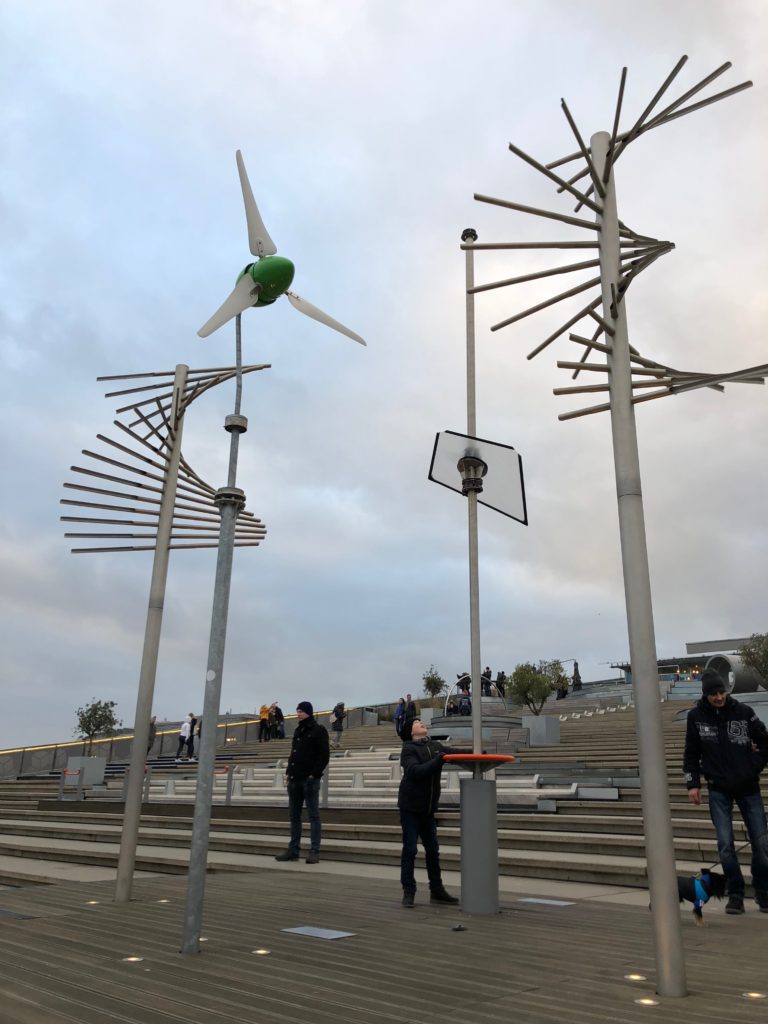
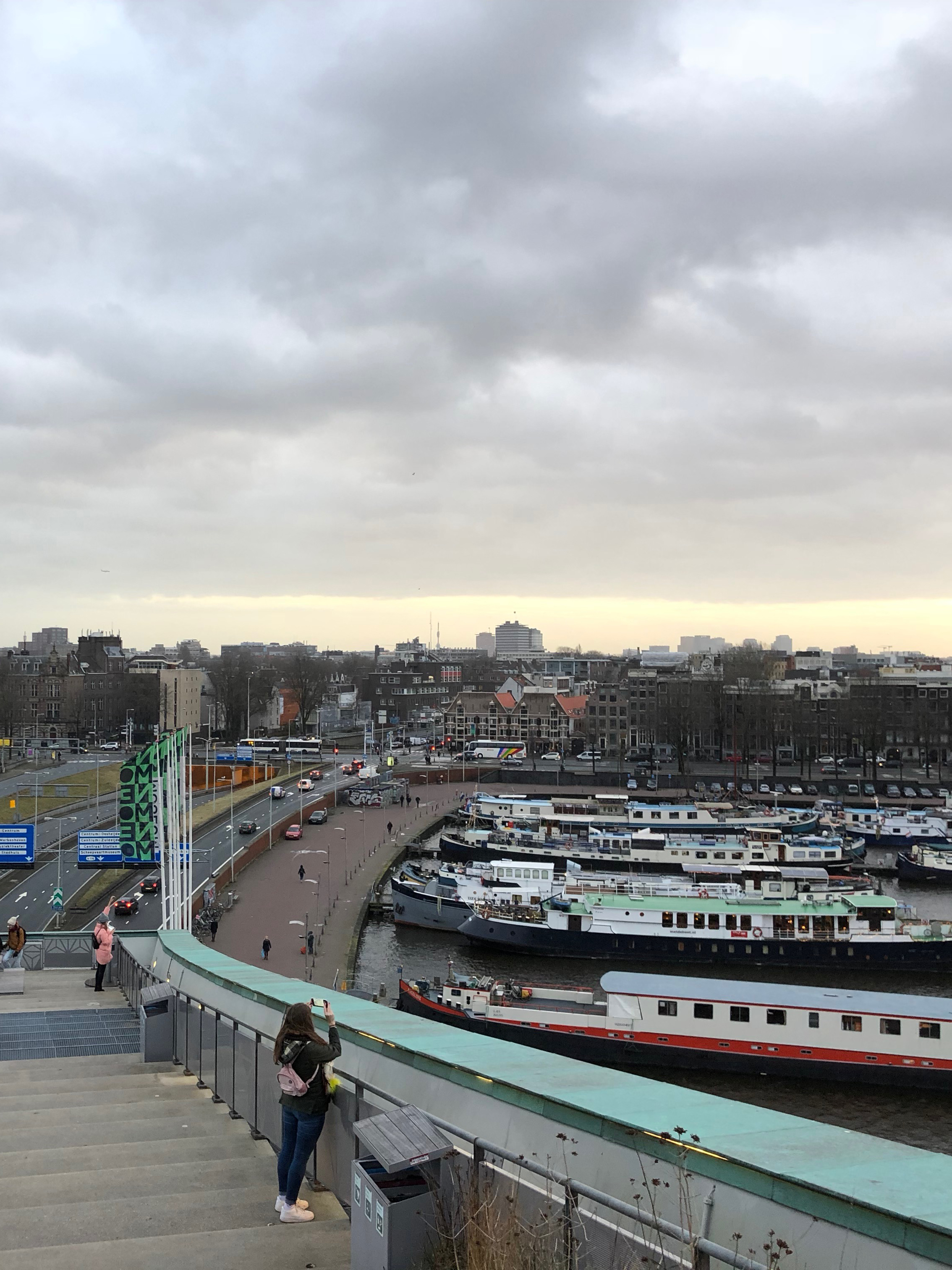
On top, an extensive outdoor terrace steps upwards over the sloped boat-shaped building. Several free exhibits take advantage of the terrace’s location, where guests can use the wind gusts to experiment with kites and windmills. My favorite part was the commanding view that I had of everything I had seen so far in the city!
Eye Filmmuseum
My final stop of the day was a short boat ride across the harbor. I dipped under Amsterdam Centraal and boarded a ferry towards one final museum. The Eye Filmmuseum is dedicated to the production of film and videography, housing both exhibits and a movie theater.
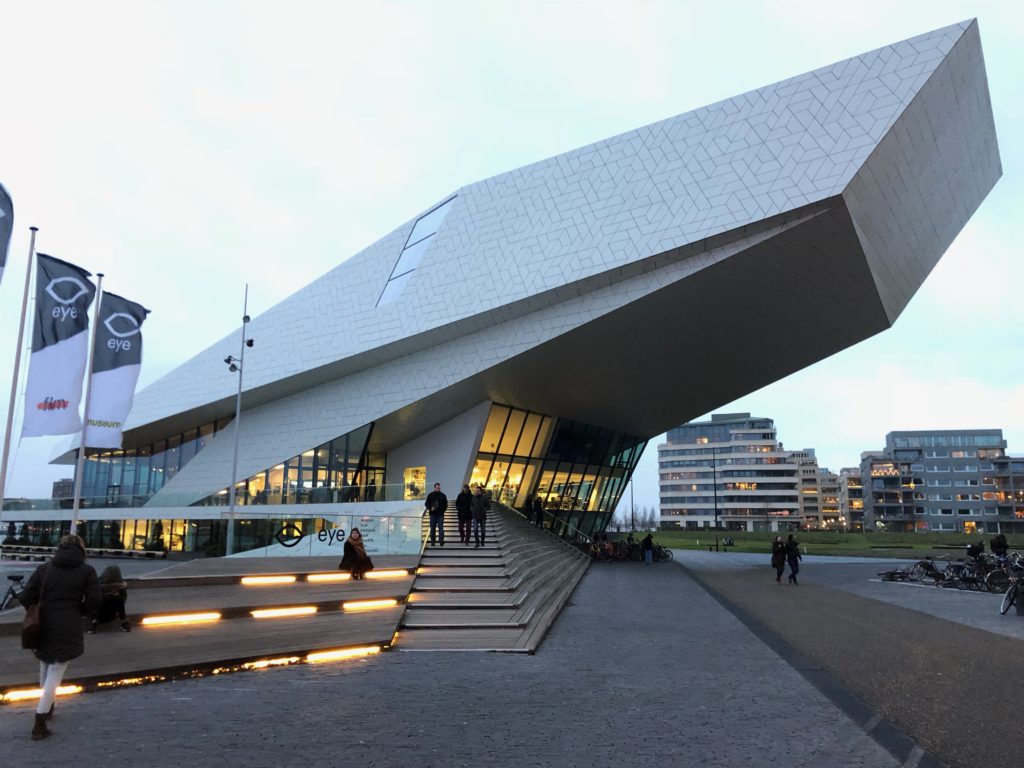
On the outside, this iconic building is inspired by the light, space, and movement that goes into the creation of film. The upper portion is clad with a mosaic of aluminum panels, which fold over large glass windows that give
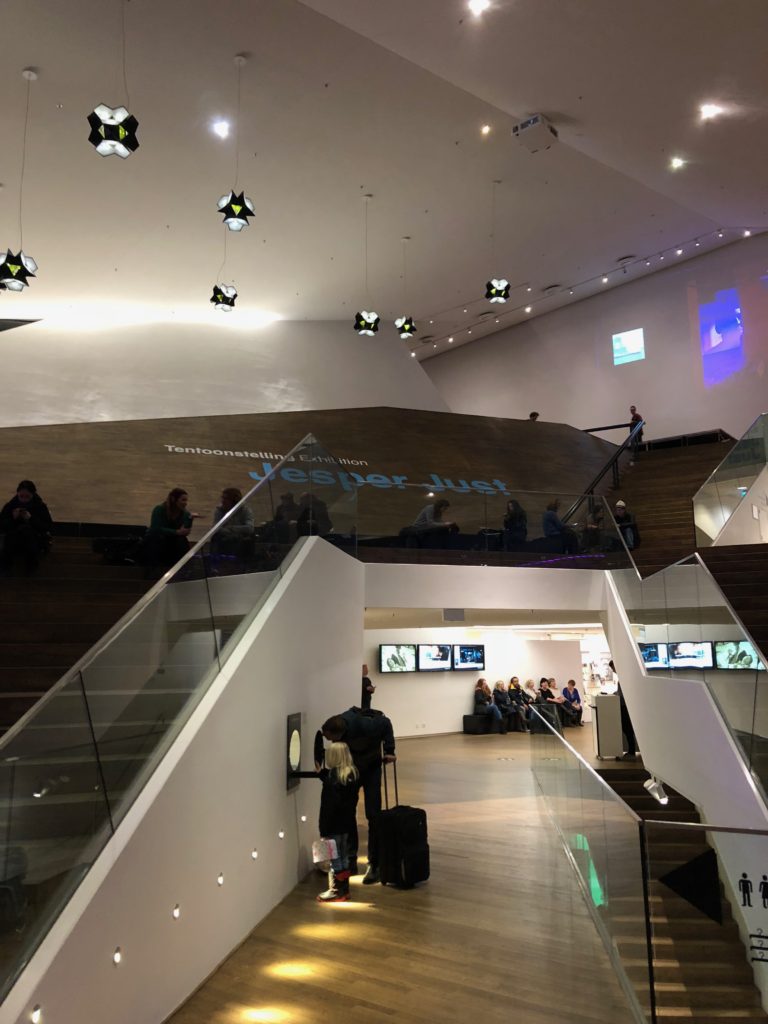
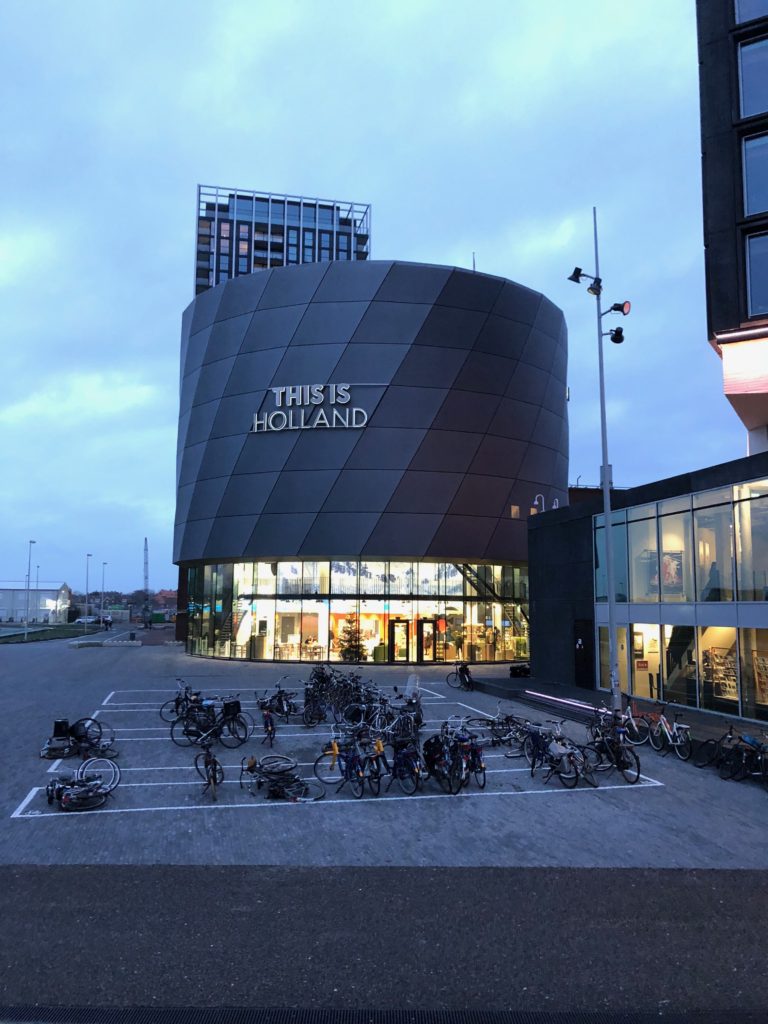
Inside, the main lobby takes on the shape of an auditorium, with stepped seating following the angles of the exterior mass. A café overlooks the water and takes advantage of the double-height space. Stairs lead up into exhibit spaces, where visitors are often in dark rooms surrounded by nothing other than simple sound effects, moving pictures, and piece by piece elements of film creation. Another gallery downstairs displays film equipment from the first movies to today’s modern cameras.
After an intense day of sightseeing, I head back to my hostel to check out the nightlife in the area. I grabbed some Heineken at the bar and chatted with some other guests. A couple of them were Italian and I told them just how much this city reminded me of Venice.
I went out bar hopping for a bit, as there were plenty of hot happening spots near the hostel. Even though I was alone, I met some interesting people, including a couple from New Zealand. One of my favorite parts of travel is being able to instantly connect with people from all over the world, even if you travel solo. Although I could have partied the night away, I headed back early in order to get some rest before my final day of sightseeing in the Netherlands.
